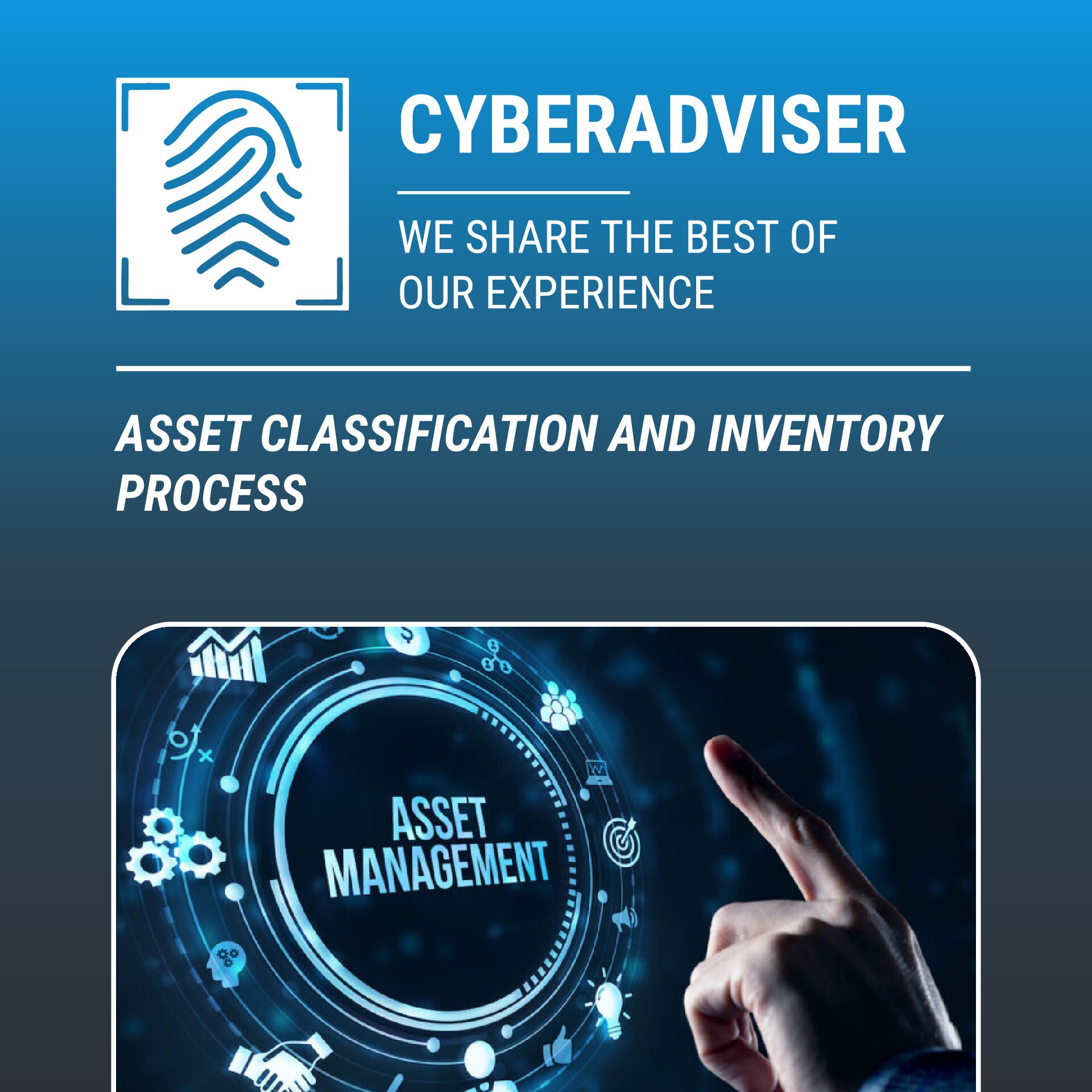Description
The Asset Classification and Inventory Process is a fundamental component of robust asset management that ensures an organization maintains a clear and organized understanding of its assets. This multifaceted process comprises two key phases: Asset Classification and Asset Inventory.
Asset Classification: This initial phase focuses on defining the objectives of asset categorization. Assets are systematically grouped into various categories and classes based on predetermined criteria. These criteria may encompass factors such as the type of asset, its function within the organization, its financial value, or its level of criticality. The classification phase is guided by a well-established classification policy that helps streamline asset management. It’s essential for creating a structured framework, enabling the organization to make informed decisions about maintenance, allocation, and risk mitigation for each asset class.
Asset Inventory: The second phase, Asset Inventory, is the practical implementation of the classification. It begins with the identification and location of assets within the organization. This phase involves meticulous verification against the asset register to ensure that all recorded assets align with the actual assets present. Additionally, label verification is essential to ensure that asset labels accurately represent the asset’s identity. The process includes detailed documentation of each asset, capturing essential information such as make, model, serial numbers, and asset location. Once reviewed and approved, the inventory becomes an invaluable resource for asset tracking and maintenance. It aids in making data-driven decisions about asset utilization, streamlining resource allocation, and minimizing the risk of loss or inefficiency.
The Asset Classification and Inventory Process empowers organizations to maintain an accurate and organized record of their assets. It lays the foundation for strategic asset management, ensuring resources are utilized effectively, risks are mitigated, and informed decisions can be made for the optimal operation of the organization. By combining systematic classification with meticulous inventory practices, organizations can enhance their operational efficiency and minimize the chances of misallocation, mismanagement, or asset-related challenges.









Reviews
There are no reviews yet.